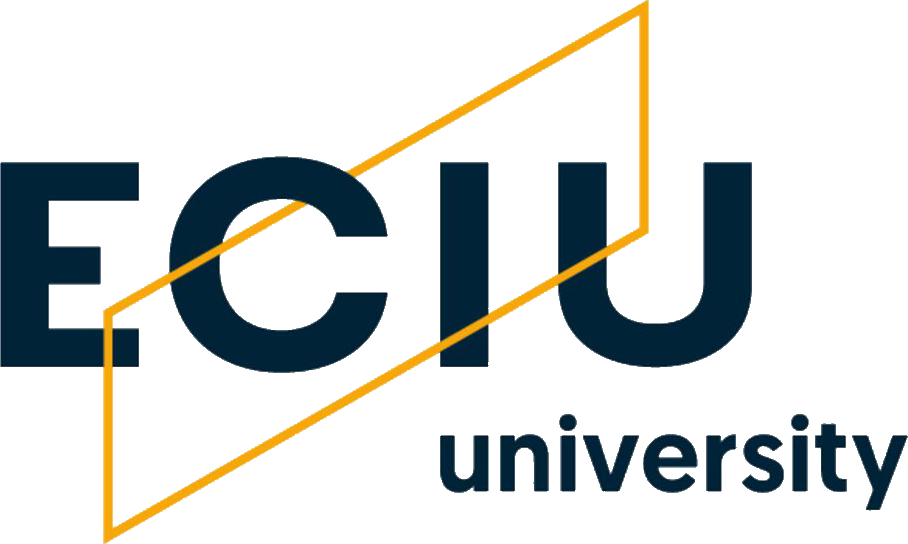An experiment designed to allow the study of these particles is the Deep Underground Neutrino Experiment (DUNE, dunescience.org). The neutrinos, produced at FermiLab, will be tested in an underground particle detector at the Sanford Underground Research Facility (in South Dakota), 1,300 km away.
A proton beam with the desired energy will be generated through a new accelerator complex called Proton Improvement Plan II (PIP-II). This accelerator, currently under construction, is due to be launched in the second half of the current decade. For the first time, a Department of Energy project of such a large scale is being carried out by an international group of research centres from all over the world, including partners from Poland, such as Lodz University of Technology, Warsaw University of Technology and Wrocław University of Technology.
Accelerator security system
Department of Microelectronics and Computer Science, TUL, due to its long experience in accelerator systems (acquired in such projects as European X-ray Laser on Free Electrons, Laser on Free Electrons - DESY in Hamburg, European Spalpation Source - Lund, or at the CERN research centre), was invited already in 2020 to cooperate with FermiLab as part of the PIP-II project.
Currently (May 24, 2022) an agreement has been signed under which scientists from the Department will develop a specification and prototypes of the Radio Frequency Protection Interlocks (RFPI) system, which is tasked with securing proton accelerator systems by immediate detection of emergencies (exceeding alarm levels) and the prompt generation of a signal blocking the operation of the subsystems leading to the disabling of the accelerator section. The expected time of response and activation of protections has been defined at the level of several hundred millionths of a second.
Plans for further cooperation
After the system has been designed and prototypes are made and delivered, as a continuation of the current contract, work towards mass production, installation and system commissioning is planned. The next steps will probably be implemented as part of the participation of a national Polish in-kind contribution to PIP-II.
In addition, talks are under way regarding cooperation in other areas in which the Chair of Microelectronics and Computer Science can support the US partner with its expertise. Discussions concern issues such as: Proton beam loss diagnostics systems, support for distributed control systems, hardware infrastructure of various electronic systems.
Letter from the US Department of Energy to Vice Rector Professor Łukasz Albrecht - quote:
“Today, the flagship institution, Lodz University of Technology (TUL), is a peer to Fermilab where scientists and engineers work to answers key questions about our understanding of the basic building blocks of the universe. TUL also brings unique expertise in accelerator development and cryogenics engineering that is critical to developing large research infrastructure facilities such as PIP-II. Leadership from TUL, along with industries in Poland, in building high-powered superconducting radio-frequency cavities will be crucial in the development of transformative technologies that are not only envisioned for the next-generation PIP-II accelerator but may also be applied across a variety of disciplines.”

